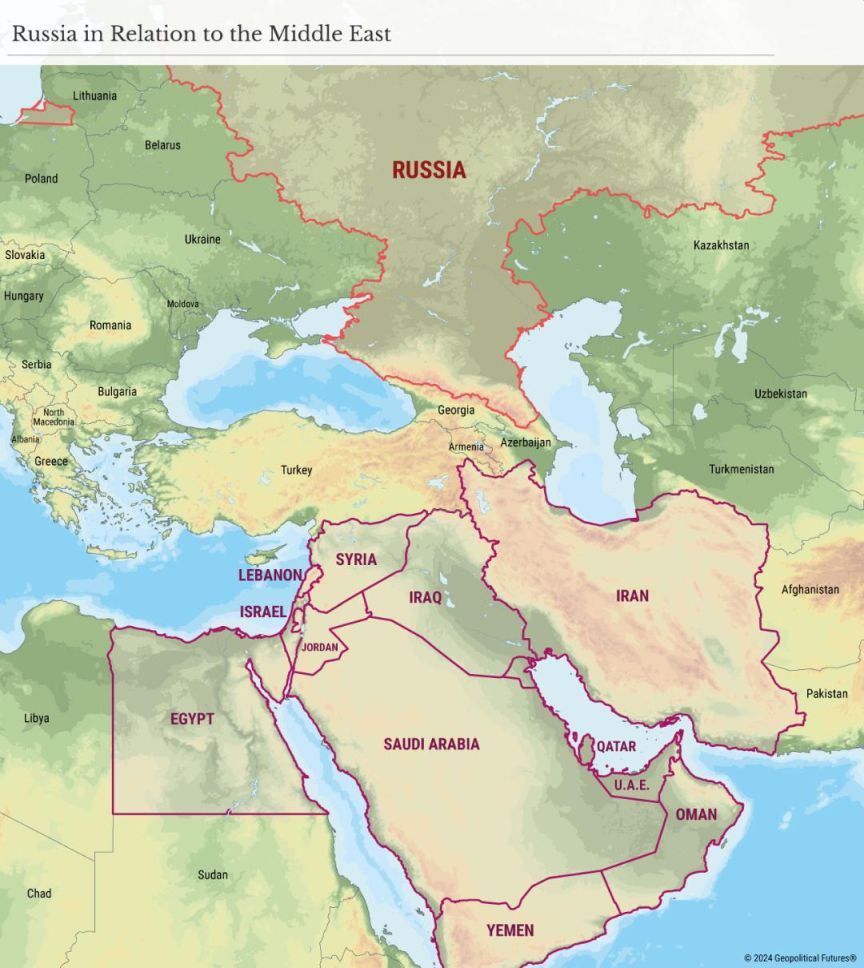By Eric Vandenbroeck and co-workers
Overview Of The Arab-Israeli War
As the conflict reached the
one-year mark, Israel has overwhelmingly used aerial operations, hammering
Lebanon and testing Iranian intentions. (Iran responded with an aerial
bombardment in kind.) Here again: All of this has value, but none of it can
eliminate an enemy or overtake cities that contain command centers,
intelligence, and weapons. Destroying what remains of Hamas or Hezbollah by air
will not cripple their ability to wage war. If it didn’t work against Nazi
Germany, it certainly won’t work against a decentralized insurgent force.
This unsophisticated
view applies to Israel’s enemies too. To win, Hamas and Hezbollah have to focus
on Israel’s ability to fight, and what Hamas has done heretofore has been
counterproductive in that regard. It tipped its hand by showing the threat it can
pose without crippling Israel’s ability to fight.
Israel’s apparent war
plan, then, raises an important question. Is Israel fighting to protect itself
or to defeat its enemies? Both are reasonable choices, but how the Israelis
answer that question will define their military strategy. The key to war is knowledge
of what victory looks like, and the key to victory is to render the enemy
helpless. The only sure way to achieve this is to envelop and crush the enemy.
By themselves, missiles can’t do that. Militarily, this is something Israel
should bear in mind as ground troops advance in Lebanon.
Politically, the
clock is ticking. Russia – directly or indirectly the United States’ adversary
in the Ukraine war – has an interest in how the Arab-Israeli war plays out.
Russian President Vladimir Putin has already discussed visiting Qatar, which
has a reputation for being interested in aligning with Russia. (Qatar has
confirmed its interest but has issued no dates for a Putin visit.) Russia has
much to gain from the United States’ prolonged involvement in a conflict
already spreading to another country.
Wars that go on too long tend to end with many
casualties and unexpected costs – if they end at all. War is complex;
combatants must simplify the fight to a ruthless focus on defeating the
enemy. An annual DHS assessment
released Wednesday describes why the clock is ticking.

Thus, two major wars are
being fought. One, between Ukraine and Russia, has been raging for more
than two and a half years but has been roughly confined to Ukraine. The other,
between Israel and Hamas, has been ongoing for almost a year but is expanding
dramatically. Combat recently intensified northward into Lebanon.
It is like war to
grow. When two forces clash, static warfare often shifts to maneuver warfare as
each side seeks to flank the enemy and stretch its defenses to their breaking
point. As wars progress, flank attacks and large-scale offensives become more likely,
increasing the demand for supplies. What began as a limited engagement grows in
both scale and definition. The logic of war takes hold. Maneuvering increases,
supply lines lengthen and reveal vulnerabilities, and maps of the conflict are
redrawn, leading to geographic expansion.
The war in Ukraine
has been relatively contained thus far, largely limited to the area between
Russia’s assault and Ukraine’s evolving defense. However, the second war, which
began last October when Hamas attacked Israel, has been transformed by Israel’s
move to attack Hezbollah in Lebanon. This will not be a conventional,
infantry-led conflict with defined lines of engagement. It will continue as it
began: with Israel trying to destroy the enemy’s command structure, while
Hezbollah and Hamas attempt to put the Israeli population at risk. In this
conflict, the pursuit of advantage and surprise will encourage expansion – a
particularly acute risk given the war’s proximity to Ukraine.
The Israeli-Arab war is likely to move northward and
eastward toward Iran and Central Asia. If this happens, Russia will need to
dramatically increase its military presence to manage the danger to itself,
especially after the Islamist terrorist attack several months ago against a
Moscow theater. Russia would not be able to maintain an active defense against
a northward move.
While Israel would
have an ally in Russia, the instability to the north would allow Iran to
increase its power. Israel would become cautious in such a scenario, avoiding a
clash with Turkey but engaging in high-intensity combat. This northern
expansion would stretch Israel’s military, limiting its ability to maneuver and
reducing its influence over the conflict.
Russia’s interests
extend beyond Ukraine, including growing concern about threats along Russia’s
southern border. Meanwhile, Israel’s smaller force size and logistical
challenges limit its ability to sustain long-range operations. Without
neutralizing immediate threats, Israel cannot afford to disperse its forces
northward. In a way, this expansion would narrow Israel’s strategic options
while fueling a broader Russo-Arab war.
This may seem
far-fetched, but humanity’s tendency to overestimate its ability to control
mass violence is thoroughly documented. The U.S. experience in Afghanistan is
just one example. Wars are rarely static, and the geography and availability of
forces in this case make an extremely improbable evolution more likely.
Russia is already
engaged in a major conflict, but the northward shift of the Israeli-Arab war
may lead Moscow to take steps it hadn’t anticipated. It’s unlikely, certainly,
but the U.S.-Soviet alliance in World War II was also unlikely. As for the
United States, it has developed a national strategy of arming allies but
avoiding direct combat. The United States spent a long time learning this rule,
and it seems that regardless of the coming elections, it will continue to
follow it.
For updates click hompage here